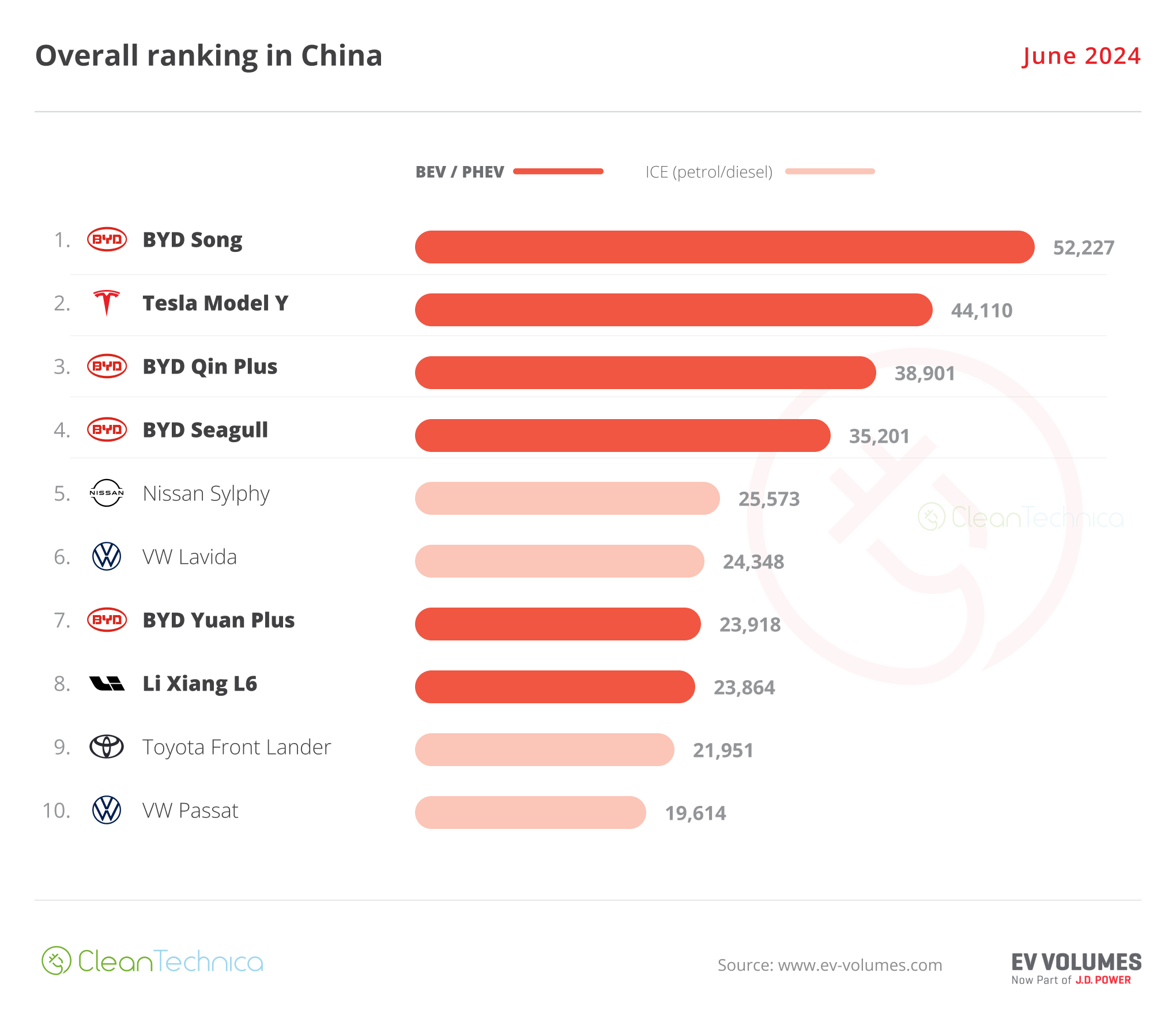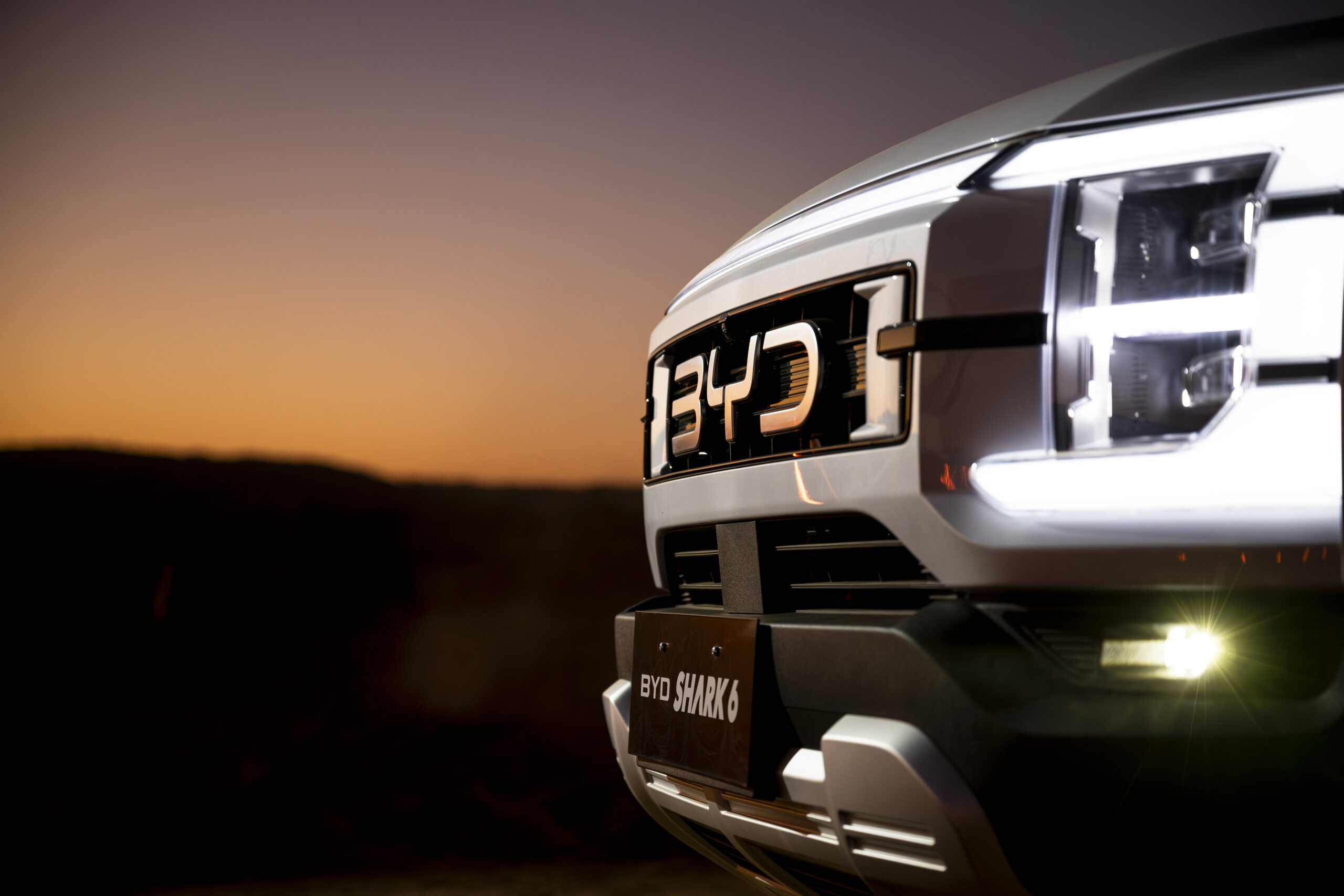Evolution Drill Rigs out of Queensland, Australia, believes it has come up with a cost-effective and time saving solution to one of the most labour-intensive parts of the exploration drilling operation: handling drill rods.
Its Evolution EVO Multi-Load drill rod handling system is a true “hands free” diamond drill rod & casing handling and storage system, according to General Manager, John Slattery, explaining that it has been designed to work with most current exploration drill rigs, including the Evolution FH2000 & FH3000 and Sandvik DE840 & DE880 drills.
Evolution is not the first to come onto the market with a hands free rod handling system – readers may be thinking of Boart Longyear, Epiroc, Major Drilling, MEDATech Engineering’s Borterra division and others here – but Slattery is convinced the EVO Multi-Load system has the potential to make the biggest market impact.
“By choosing to design a system to work in conjunction with existing rig designs, the drilling contractors are able to utilise existing equipment with a few small changes,” he told IM. “Rather than invest in completely new drill rigs and handling systems, they can save significant capital outlay by investing in the EVO Multi-Load system.”
The other benefit of working with the existing rigs is the increased efficiency of rod tripping operations by using the existing rig main winch, he explained. “The ability to trip rods in 9-m lengths on deep holes during bit changes and ‘Navi-runs’ is a significant time saving method when compared to tripping rods in either 3-m or 6-m lengths as some other rod handling systems are limited to,” Slattery added.
The company already has one company speaking to these benefits too, with South32 recently running a 12-month trial of the EVO Multi-Load prototype at the Jessica and Cararra exploration projects in the Northern Territory of Australia. The company conducted this trial with its contract partner DDH1 Drilling, owned by Perenti, and said it was a “success” with plans to deploy the system on other South32 exploration projects in its 2025 financial year.
Slattery said the company’s ongoing testing of the prototype rig – in the workshop and the field – had led to an ongoing improvement plan ahead of commercialisation.
“Our engineering staff have worked closely with our customer DDH1 Drilling during the EVO Multi-Load development and our workshop team continued this during the testing phase and field trials,” he said. “We identified some areas for improvement during the workshop testing, which were incorporated into the rod loader prior to the field test: the sequencing of adding and removing rods from the loader has simplified the operation and helped with productivity.
“We have a few more updates in the pipeline to streamline the tripping process and increase overall productivity.”

This process has been aided by collaboration with DDH1 Drilling, according to Slattery, allowing the company to understand the contractor’s methods and requirements for handling rods during deep coring and directional drilling. “This allowed us to further develop our concept into a working prototype,” he said.
DDH1 Drilling’s experience with the use of several other types of drill rod handling system has allowed Evolution to benchmark operational cycle times against competitor products and confirm the productivity of the EVO Multi-Load system, he added.
Outside of the top head drive multi-purpose drills the Evolution system has already been designed to work on, there is the prospect of expanding this list further with a few small tweaks.
“In regions outside of our native Australia, such as Africa and South America, there is a large existing fleet of multi-purpose drills that could most likely use the system,” Slattery said.
This speaks to the faith Slattery has in the global potential of the system.
“We believe the majority of the drilling contractors and mining companies are interested in improving the operational safety around drilling projects in general, and drill rod handling is a big part of that,” he explained. “The EVO Multi-Load drill rod handling system has been designed around the needs of deeper core and directionally drilled holes, large volumes of drill rods, as well as the need to deal with different pipe and casing sizes. These more complex drilling programs are normally undertaken by the larger mining companies that have been calling for reduced human involvement in the drill rod handling process for some time.”
He concluded: “Our system has been designed to work with a range of rod and casing sizes and is flexible enough to be used on any brownfields exploration drilling program that involves the need to drill deep holes.”




